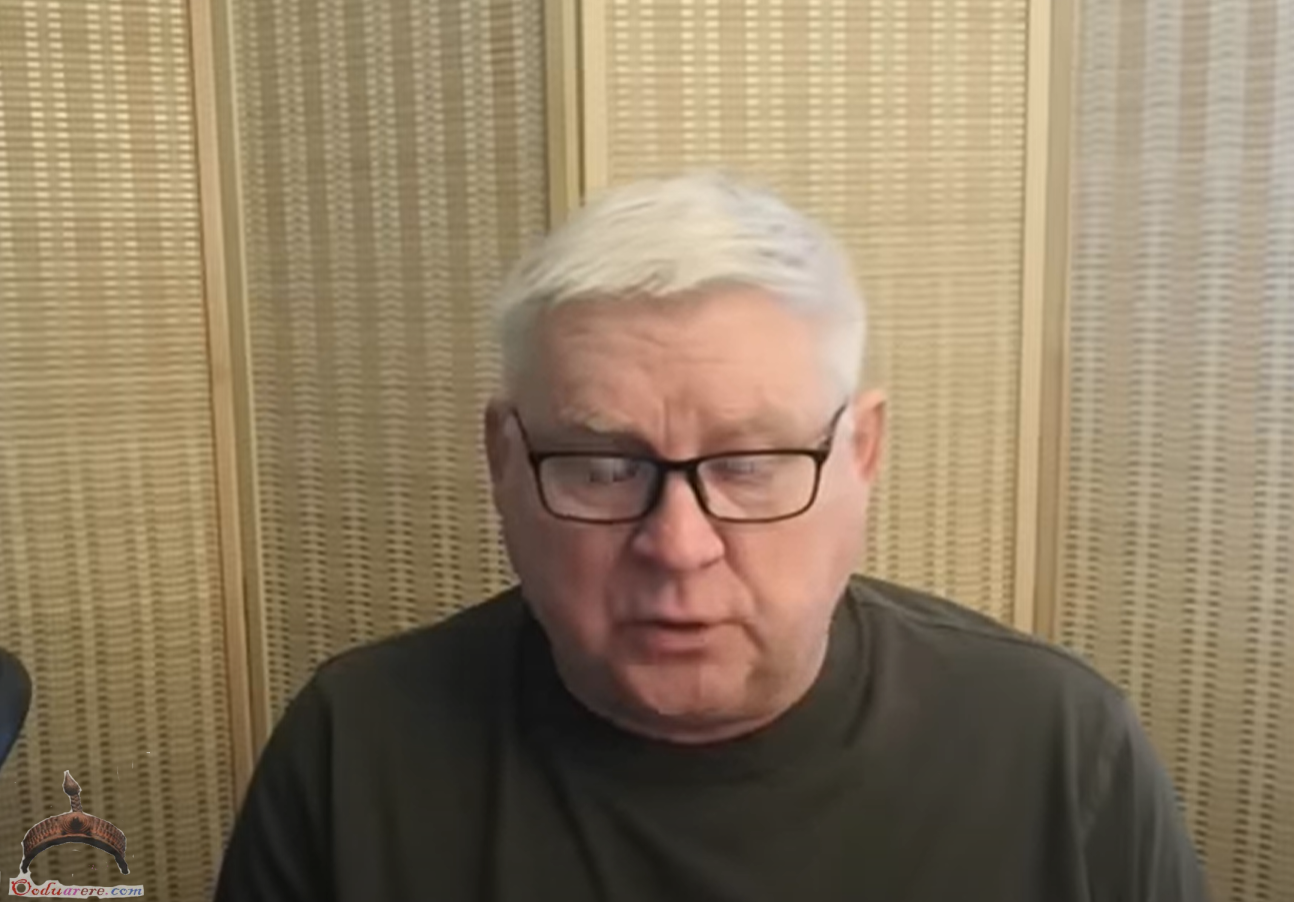The administration of US President Donald Trump has approved a plan to directly arm Kurdish forces operating in Syria, the Pentagon said. Spokeswoman Dana W. White said the president made the decision Monday, describing the Syrian Democratic Forces (SDF) as “the only force on the ground that can successfully seize Raqqa in the near future.”
The mainstream media and US officials have repeatedly argued that the US-backed Syrian Democratic Forces (SDF) are a “multi-ethnic and multi-religious alliance” fighting against ISIS. However, since the formation of the SDF, the Kurdish People’s Protection Units (YPG) and the Kurdish Women’s Protection Units (YPJ) have remained the core of the organization. The upcoming advance on the ISIS-held city of Raqqa has pushed Washington to accept the reality publicly and to make a decision to army YPG and YPJ on an official level.
Meanwhile, Ankara argues that YPG and YPJ are terrorist groups affiliated with the Kurdistan Workers’ Party (PKK). The decision to arm Kurdish militias in Syria will further damage the already shaky US-Turkish relations.
Meanwhile, the SDF, backed up by US-led coalition forces, is still fighting against ISIS militants inside the town of Tabqa west of Raqqa. In late April and in early May, pro-SDF sources repeatedly spread reports that the town and the nearby dam were almost under the full control of the SDF. However, videos and photos appearing from the ground contested these reports.
Now, the number of ISIS militants operating in Tabqa and the Tabqa dam is estimated between 100 and 200 fighters and they are in very bad tactical situation. It’s expected that the town and the dam will be fully secured by the SDF this month.
Western backed militants have been trying to counter-attack Syrian army troops advancing in the desert southeast of Damascus. However, government forces were able to defend their gains in the area. Earlier this month, government troops have captured more than 70 square kilometers east of the al-Seen Military Airbase, setting control over Beir al-Siba, the Mount Sabahiyat and the Rishi, Tal Shahab, al-Sabab Biyar and the Zaza Checkpoint. In case of further advances, the Syrian army will attempt to reach areas controlled by the 5th Assault Corps south of Palmyra.
In northern Hama, sporadic clashes continued in the area of Zaqilyat. However, the situation remained relatively calm as no sides were launching large attempts in order to change the current status quo.
In eastern Damascus, militants and their families have been evacuating from the area of Qaboun under a fresh deal with the government. The evacuation will include few stages and then the area will be transferred under the control of government forces. So far, about 1,000 have officially left the area to Idlib.
Reports are circulating in various sources that the government advance with a strategic goal to reach the city of Deir Ezzor will be launched soon. This operation will be possible only if the safe zones agreement signed in Astana and implementing a ceasefire in a number of areas in Syria will be kept by all the sides.
 Ọmọ Oòduà Naija Gist | News From Nigeria | Entertainment gist Nigeria|Networking|News.. Visit for Nigeria breaking news , Nigerian Movies , Naija music , Jobs In Nigeria , Naija News , Nollywood, Gist and more
Ọmọ Oòduà Naija Gist | News From Nigeria | Entertainment gist Nigeria|Networking|News.. Visit for Nigeria breaking news , Nigerian Movies , Naija music , Jobs In Nigeria , Naija News , Nollywood, Gist and more








